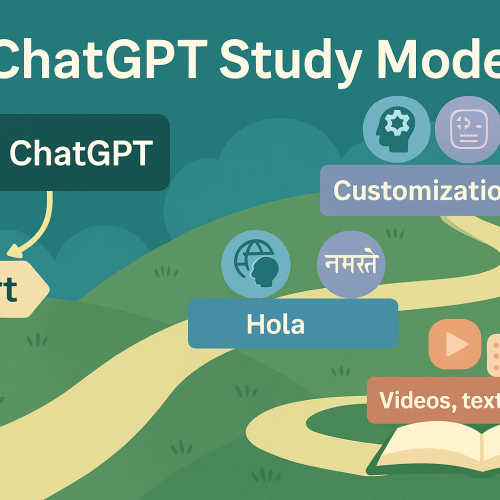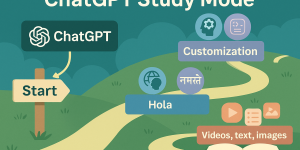For humanitarian organisations operating in volatile environments, security management is an ongoing challenge. Protecting staff, safeguarding operations, and ensuring aid delivery require constant vigilance and robust strategies. While Artificial Intelligence (AI) is often discussed as a revolutionary tool in this field, its adoption is still in its early stages. However, the potential of AI to reshape how international NGOs (INGOs) manage security is undeniable—and it is our mission to raise awareness of this potential.
Of course, we won’t deny that building a business around these solutions is also part of our journey. By combining innovation with purpose, we aim to help humanitarian organisations unlock the full value of AI while fostering safer, more effective operations.
The Challenges of Security Management in Humanitarian Work
Humanitarian organisations face an array of security challenges:
- Dynamic Threats: Risks in conflict or disaster zones evolve rapidly, requiring quick adaptation.
- Limited Resources: Many NGOs struggle to allocate sufficient resources for comprehensive risk management. Access to Timely Information: Gathering and analysing data in real time remains a significant hurdle.
- Balancing Safety and Impact: Protecting people while delivering aid often means making difficult trade-offs.
The Emerging Role of AI in Security Management
AI is beginning to demonstrate its ability to assist with these challenges, though much of its potential is yet to be fully realised. Here’s how it is paving the way for a new era in security management:
- Data-Driven Insights: AI tools can process large volumes of information, offering organisations clearer, more actionable insights.
- Integrated Risk Analysis: By combining data from multiple sources—geopolitical, environmental, and logistical—AI helps build a fuller picture of risk.
- Automating Repetitive Tasks: AI can handle time-consuming jobs like monitoring and reporting, enabling staff to focus on critical decisions.
Key Areas Where AI Could Make an Impact
1. Risk Assessment and Planning
- AI has the potential to predict risks by analysing patterns in geopolitical data.
- Tools could one day suggest mitigation strategies tailored to evolving situations.
2. Incident Reporting and Analysis
- Automated reporting systems might help identify trends and vulnerabilities more quickly.
- Image recognition could streamline the assessment of photos and videos from crisis zones.
3. Travel Security
- Real-time travel advisories and route analysis powered by AI could enhance safety.
- AI-driven evacuation plans could ensure quicker responses in emergencies.
4. Crisis Response
- AI-powered communication tools could improve coordination during emergencies.
- Mapping and resource allocation could become more efficient with AI integration.
5. Threat Monitoring
- AI systems scanning open-source intelligence (OSINT) might offer earlier warnings of emerging threats.
- Automated alerts could keep teams updated on critical developments.
Freeing Staff to Focus on Underserved Areas
One of AI’s most significant promises is its ability to free up security staff to work on underserved or neglected areas within the organisation. By automating repetitive tasks like incident monitoring, report generation, and real-time updates, AI enables security teams to invest their energy into forward-looking strategies, capacity building, and long-term resilience planning. Moreover, AI’s integration across multiple departments fosters the mainstreaming of security into the wider organisational strategy. This helps embed safety protocols and risk awareness into everyday operations, ensuring that security becomes everyone’s responsibility, not just that of a dedicated few.
AI in Humanitarian Work: A Balanced View
While AI’s potential is exciting, it’s important to approach it with realism. Many humanitarian organisations are at the beginning of their AI journey, and some tools may not yet meet every need. Challenges such as ethical concerns, the need for contextual understanding, and human oversight must be considered.
That said, AI’s ability to assist with data analysis, risk management, and resource coordination makes it a promising tool. As technology evolves, it could become a critical ally in ensuring the safety and success of humanitarian missions.
"AI’s most significant promise is its ability to free up security staff to focus on underserved areas. By automating repetitive tasks like incident monitoring and real-time updates, AI enables teams to invest their energy into forward-looking strategies, capacity building, and long-term resilience planning."






